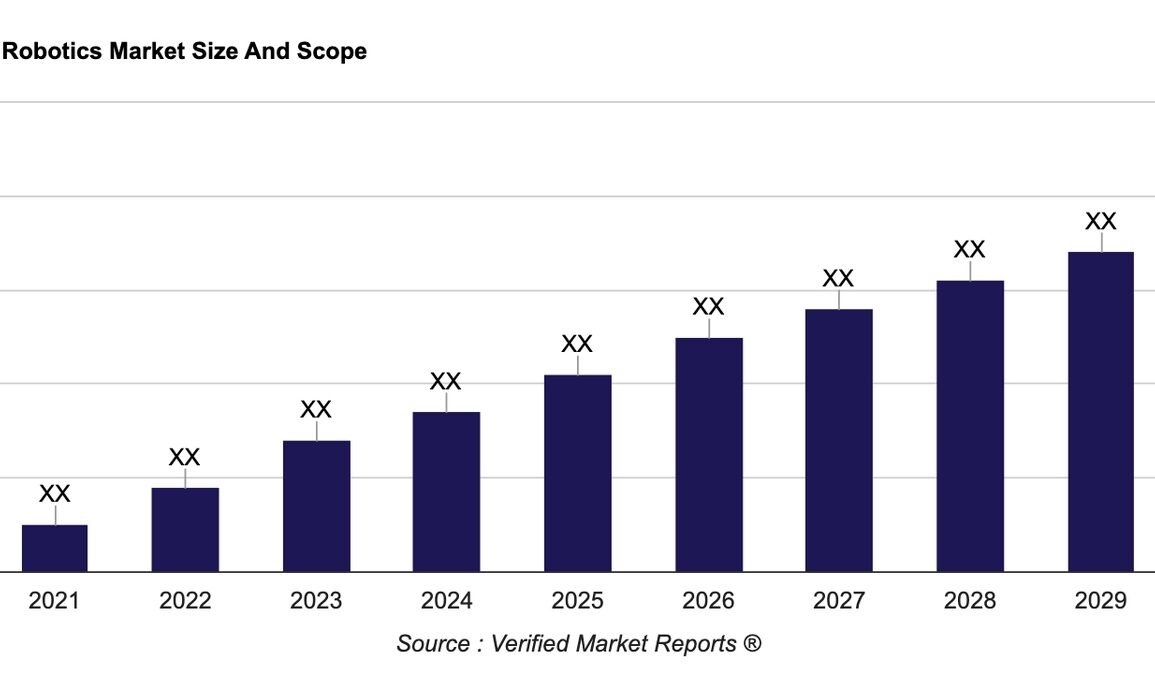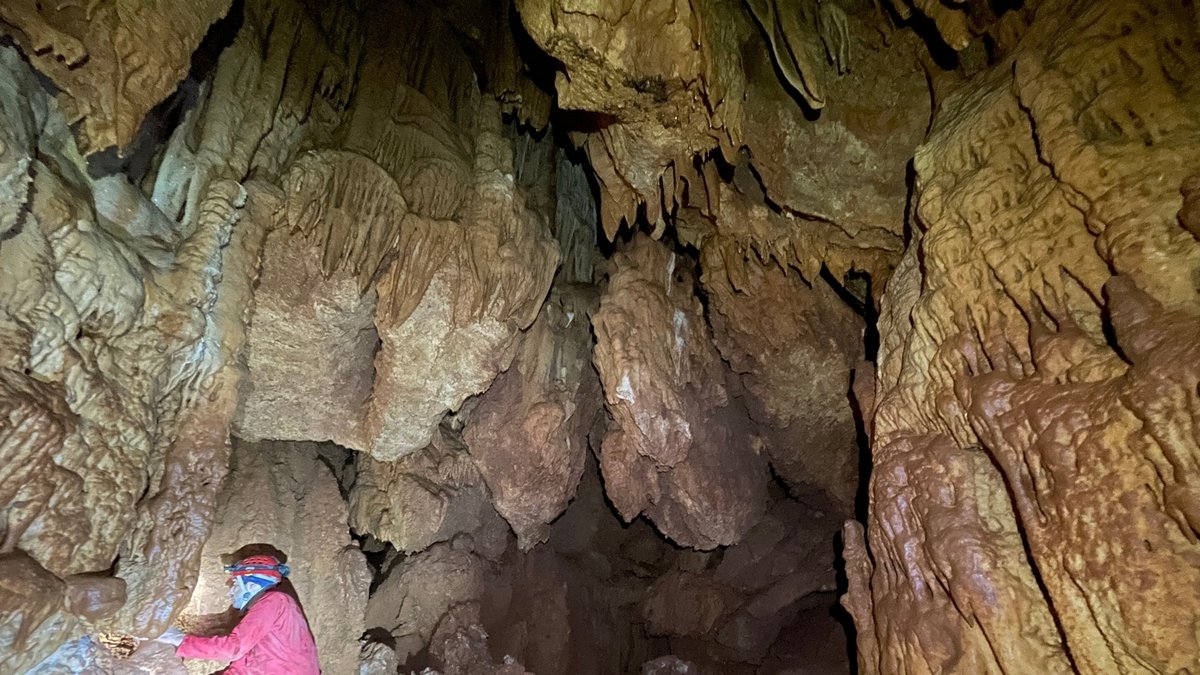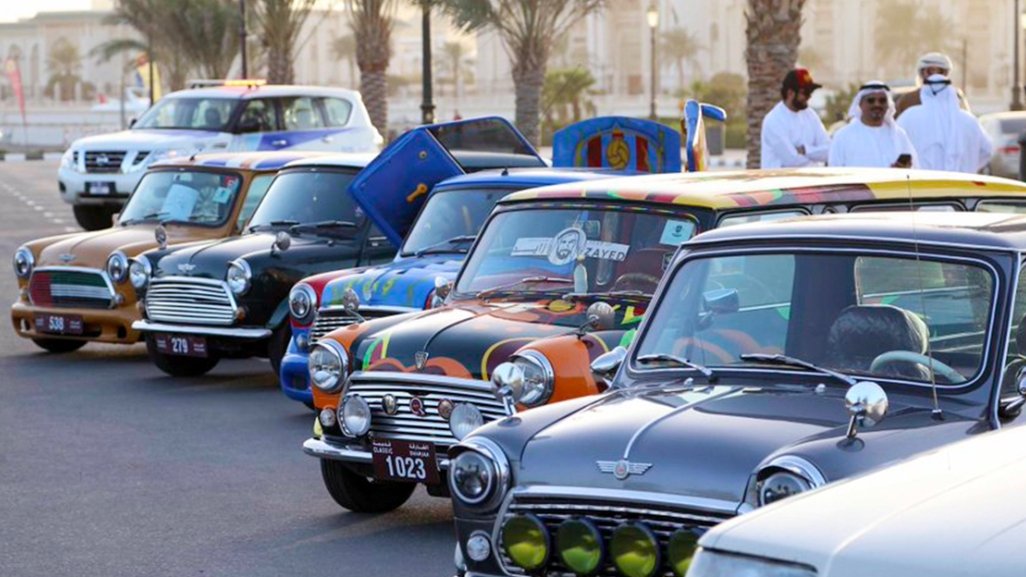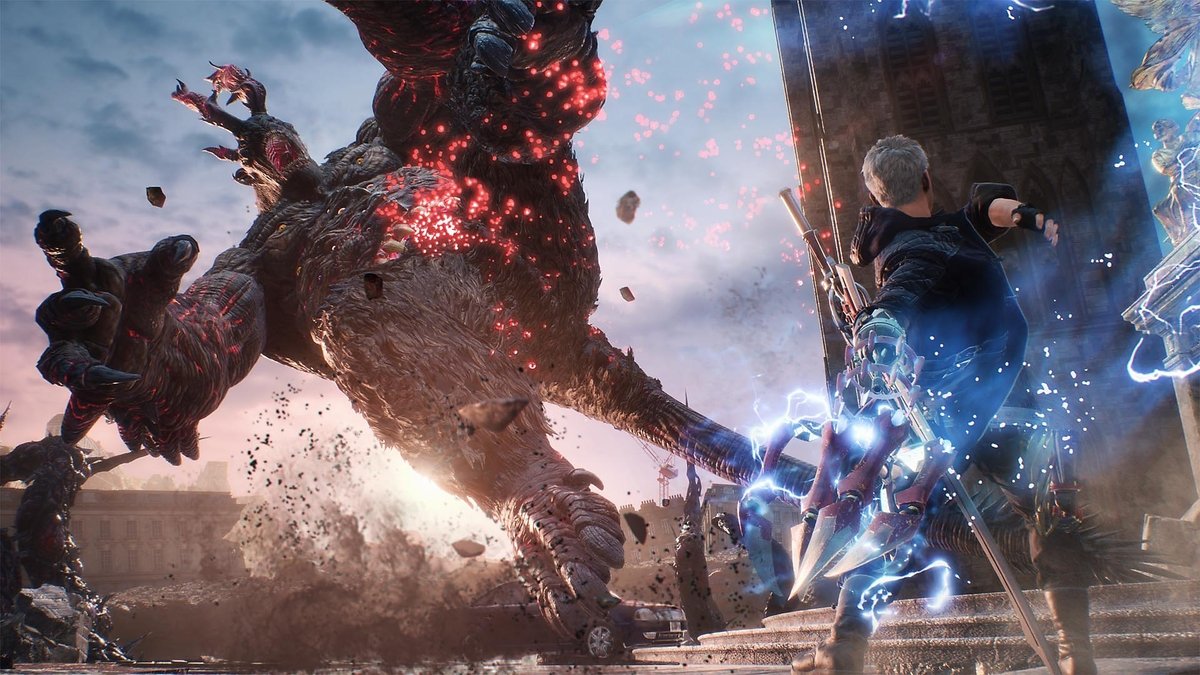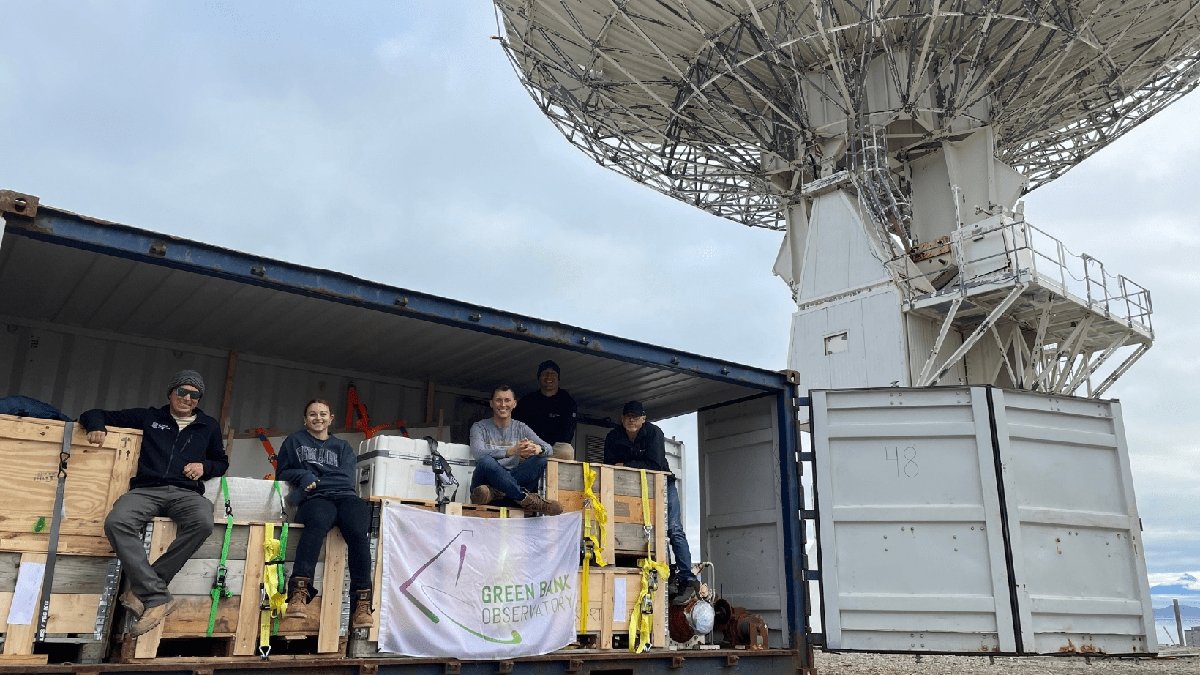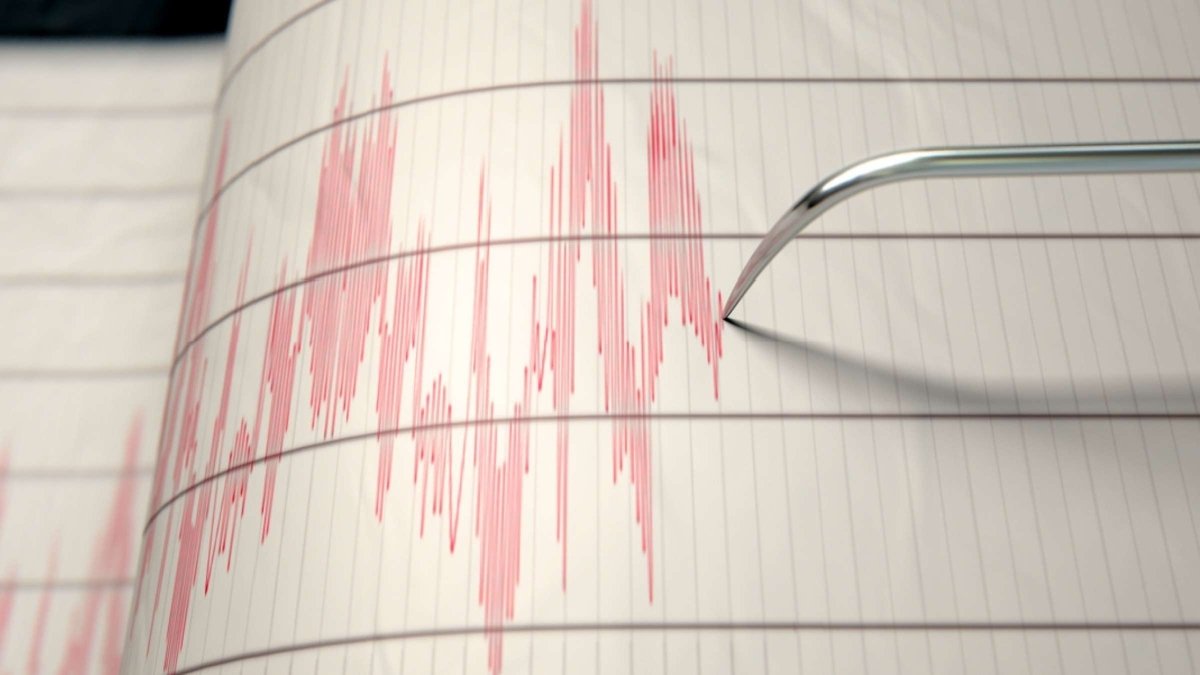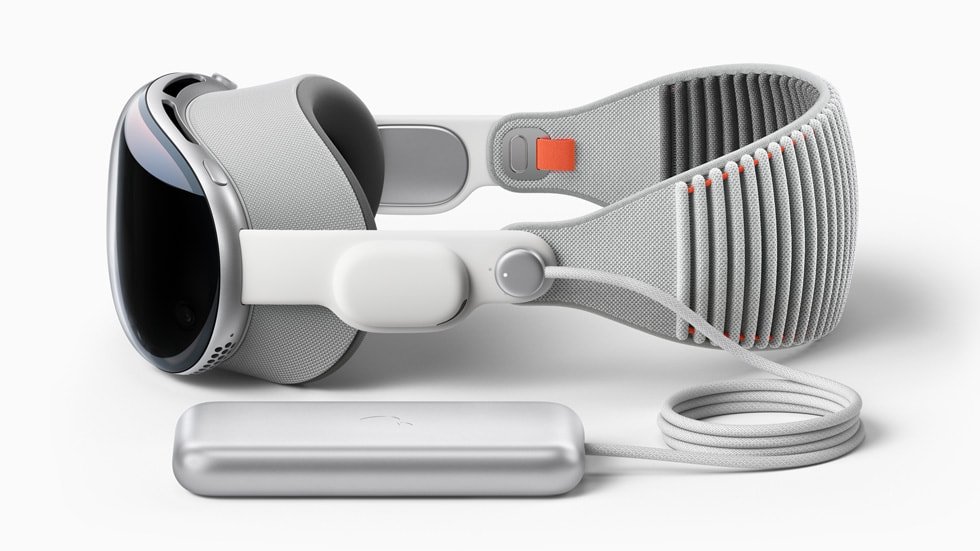In the past decade, the global robotics market has experienced remarkable growth, with the industry’s worth increasing from $23 billion in 2016 to a projected value of over $45 billion by 2028. This exponential expansion has influenced multiple sectors, including automotive, chemical, electronics, food, and medical industries, reshaping the landscape of automated efficiency and precision.
Bio-Inspired Robotics: A New Wave of Innovation
Emerging within this growth is the field of bio-inspired robotics, a fresh approach that takes design and functionality inspiration from the intricate mechanisms found in natural organisms. One example is the study of the whirligig beetle, a creature known for its unique propulsion system. This study has inspired potential advancements in robotic propulsion systems, providing a new direction for the development of unmanned ships.
Soft Robotics: Flexibility and Sensitivity
Another significant innovation in this field is soft robotics. The octopus-inspired robot, created by Cecilia Laschi, showcases enhanced flexibility and sensitivity. Harvard University has further advanced this field with its creation of the Octobot, a fully soft robot that challenges the traditional notion of rigid, metallic machines.
Applications in Space Exploration and Complex Terrain Navigation
Bio-inspired robotics has also led to the development of robots that mimic the movements of salamanders and snakes. These innovations offer potential applications in space exploration and complex terrain navigation, opening up new frontiers for scientific and exploratory endeavors.
Recognizing the potential of bio-inspired robotics, renowned educational institutions and companies have embraced this field. MIT, for instance, has introduced courses focused on bio-inspired robotics, while Hyundai has acquired Boston Dynamics, the creator of Spot, a four-legged robot that demonstrates the fusion of biology and technology. ABB’s acquisition of SevenSense is another significant step towards enhancing the mobility of industrial robots, catering to the increasing demand for higher payload capacity.
Yamaha’s Motobot project exemplifies the trend of robots drawing inspiration from human capabilities, aiming to create an autonomous humanoid capable of operating vehicles. This evolution signifies the convergence of biology, technology, and human skills, highlighting the continuous expansion of the robotics field. Innovations inspired by birds, butterflies, and other animals have led to novel designs that improve functionality and efficiency across various applications, showcasing the boundless potential of bio-inspired robotics.
News come from source of Reader Wall




